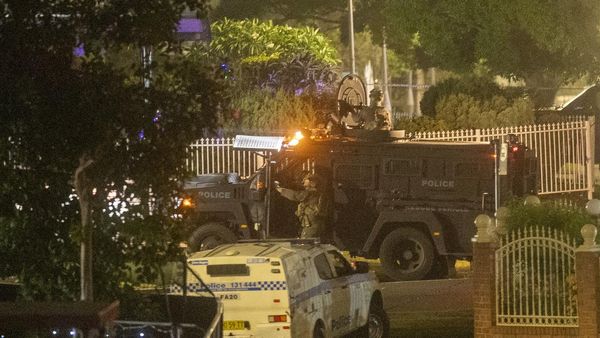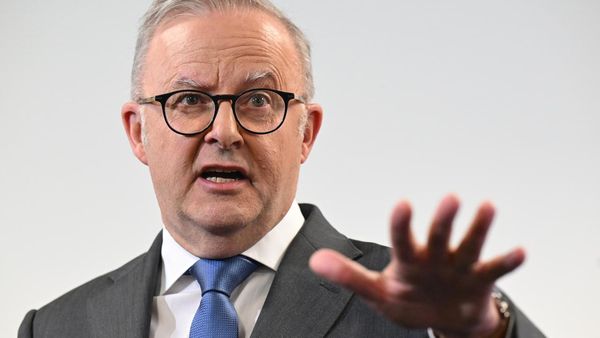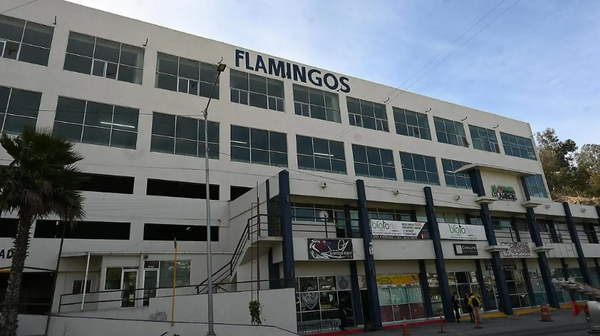
China’s graft-busters have set their sights on the country’s healthcare sector, in what has been described as the biggest crackdown on corruption in the history of the industry.
At least 177 hospital bosses and Chinese Communist party (CCP) secretaries have been placed under investigation this year according to local media reports – more than double the number last year. In a press conference on Tuesday, the National Health Commission (NHC) said the campaign would focus on people who had used their position to procure kickbacks and corruption in the pharmaceutical sector, the state tabloid the Global Times reported.
The drive appears to have begun in earnest last month. On 21 July, the NHC published a report about a meeting held with the Central Commission for Discipline Inspection (CCDI), the party’s corruption watchdog, which vowed to “resolutely punish corruption” in the medical sector “with a zero-tolerance attitude”.
In one recent case, a hospital in the south-west province of Yunnan bought radiotherapy equipment for 35.2m yuan (£3.8m), despite the fact that the import price was only 15m yuan, with the hospital director pocketing the difference.
In another case, a plastic surgeon in Jiangsu was arrested and 40m yuan in cash found in his home.
Previous attempts to root out corruption in the healthcare sector have been accused of targeting the symptoms rather than the causes of graft. Government officials now talk of expanding the remit of the inspections to the pharmaceutical sector, to root out corruption in the whole medical supply chain.
The crackdown on medical corruption is part of a broader graft-busting drive that has intensified since Xi Jinping secured his third term as China’s leader in October last year. In the first six months of this year, nearly 2,5000 people have been investigated by the CCDI and the National Supervisory Commission, the government’s anti-corruption authority that works alongside the party-focused CCDI. More than 1,600 people have been punished, according to the CCDI.
Anti-corruption has been Xi’s signature policy since taking power more than a decade ago, with the CCP’s inspectors targeting “tigers and flies” – high- and low-level cadres and government employees – as well as, recently, itself. More anti-corruption officials have been placed under investigation this year than in any year since 2014.
Experts on China’s anti-corruption efforts have said that a renewed drive 10 years after the policy was first launched suggests the problems may be structural. Local party heads wield significant power with few checks on their authority, a system that smooths decision-making but is ripe for abuse.
The medical sector is seen as being especially corrupt. The government has launched several crackdowns on it since 2006.
Doctors are poorly paid and hospitals rely on patient fees for funding – a combination that breeds opportunities for bribery and distrust. Violence against doctors is common, as patients or their relatives lash out at what they see as unfair or inadequate treatment.
Surveys show that after party officials, doctors are seen as the most corrupt professionals in Chinese society. The perception among many Chinese is that doctors “must be paid petty bribes to speed up sorely needed consultations in order to charge exorbitant prices for the needed medicine”, noted Børge Bakken and Jasmine Wang of Australian National University in a study published in 2021.
Research shows bribery is by far the most common form of medical corruption, accounting for nearly 70% of judgments published in court records between 2013 and 2019. But although most of the people lining their pockets are healthcare providers, those paying the bribes are most often pharmaceutical and medical equipment suppliers, rather than patients.







